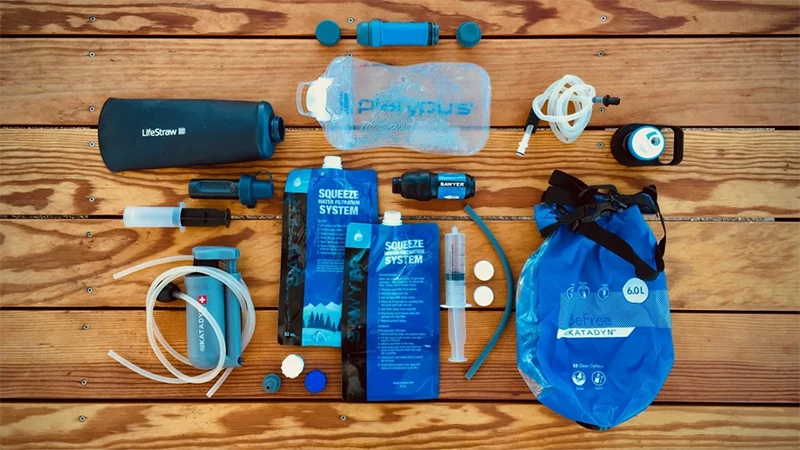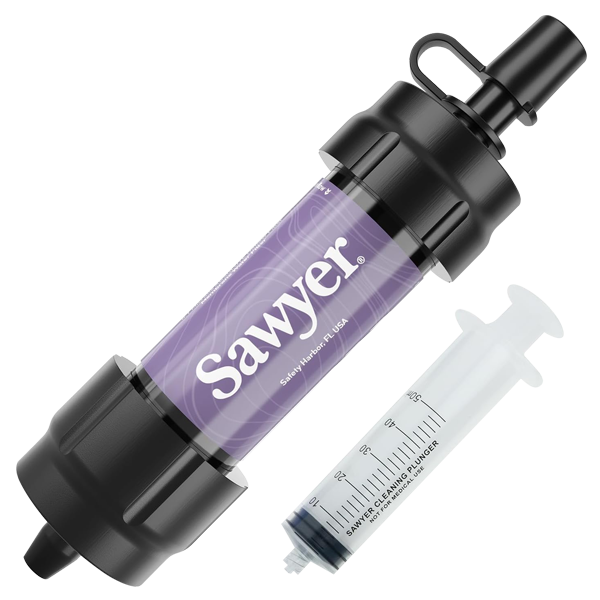

Scientists Found a Tick Weeks Ahead of Schedule. For Hikers, That’s Bad News.
Think you can’t get bitten by a tick in the winter? As one surprise discovery this month shows, they’re waking up—and biting—earlier and earlier.
On the weekend of February 11, Wil Winter, an environmental scientist for the state of Delaware, was conducting a routine search for ticks on public land in Sussex County when he discovered something surprising.
Winter was dragging a tick flag, a 1-meter-square piece of white cloth, through the vegetation; ticks searching for a meal would drop onto it, allowing Winter and his colleagues to test them for pathogens. He expected to catch a few black-legged ticks, a common Lyme-carrying species that’s active in the cold season.
When Winter checked the flag, however, he was in for a surprise: Clinging to the fabric was a large brown-and-white tick, bigger and distinct from the black-legged ticks he had picked up. It was an adult lone star tick, and this was the earliest in the year by almost three weeks that one had ever been collected in the state.
A single tick showing up a few weeks ahead of schedule may not sound like that big of a deal. But to Ashley Kennedy, Delaware’s state tick biologist, it’s a symptom of a larger, more concerning shift. Across the U.S., ticks are becoming more abundant and active earlier in the year, and also showing up in new places. For hikers and anyone else who likes to spend time in the woods, that’s bad news.
Continue reading more on the early tick find, written by Adam Roy here.
De la part de l'équipe
Des conversations autour d'un feu de camp avec notre communauté, des membres de l'équipe et des ambassadeurs aux partenaires de la marque et à l'équipe Sawyer.

















